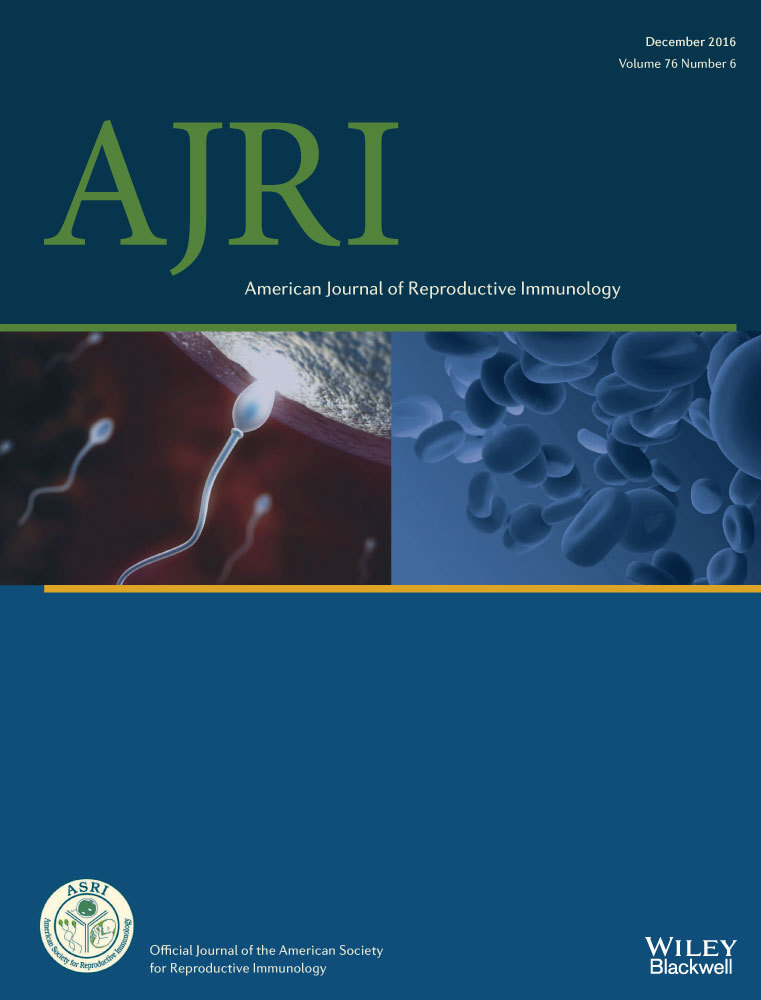An innovative test for non-invasive Kell genotyping on circulating fetal DNA by means of the allelic discrimination of K1 and K2 antigens
Funding information:
RFO (University of Bologna, Italy) to Antonio Farina.
Abstract
Objective
The aim of this study was to present a new method for fetal Kell genotyping by means of the allelic discrimination of K1 and K2 in real-time polymerase chain reaction (PCR).
Methods
Real-time quantitative polymerase chain reaction incorporating an allele-specific primer was developed for detecting the K allele of KEL.
Results
By means of this method, the K1/K2 genotype was able to be determined in all blood samples analyzed. Results using cell-free fetal DNA (cffDNA) from two Kell-negative pregnant women confirmed the Kell-positive genotype of fetuses. The real-time PCR analysis also allowed the determination of the fetal fraction using the quantification of Kell-positive DNA.
Conclusion
An efficient and reliable strategy for Kell genotyping is herein presented. The method was optimized on cffDNA to create a non-invasive prenatal test which could be routinely used for the prevention of hemolytic disease of the fetus and the newborn (HDFN).




